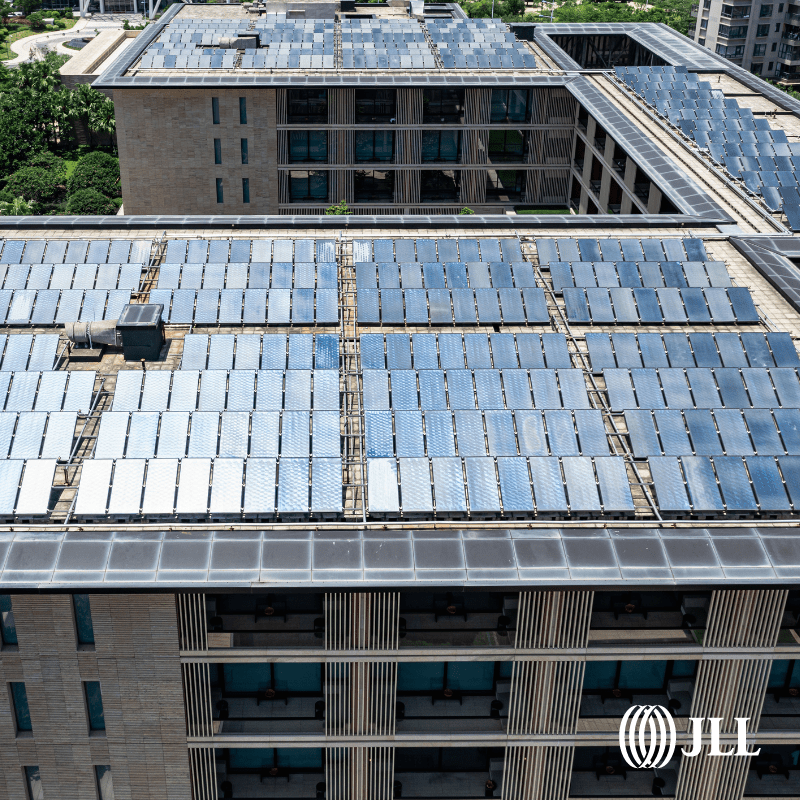
2023 was a year of alarming climate headlines, from the warmest year in recorded history to record-high greenhouse gas emission levels. COP28 also saw a landmark global agreement for a “transition away from fossil fuels” in 2023. Globally, there is an escalating commitment to embrace renewable energy, with 118 countries pledging to triple global renewable energy capacity by 2030.
Coupled with this commitment is a rising demand from corporates in APAC to access renewable energy options to meet their net-zero commitments.
• Asia Pacific (APAC) is leading global renewable energy growth, contributing about 60% of new capacity in recent years.
• Four in 10 occupiers say on-site renewable energy will become non-negotiable by 2030.
• Landlord-occupier collaboration is key to scaling up use of renewables in the built environment.
Real estate asset owners and occupiers in the region have a chance to lead from the front by demanding renewable energy and a more active play with the electricity grid becoming a flexible demand centre. By strategically choosing renewable energy sources and investing in buildings that are ready to actively engage with renewables-powered grids, they will be well-placed to reduce long-term energy costs , and achieve sustainability goals of their real estate portfolios.
Scaling up the use of renewables in a building requires a range of well-planned strategies and considerations. A combination of on-site generation such as solar photovoltaics (PV) installation, and/or off-site renewable energy procurement through renewable energy certificates (REC) and power purchasing agreements (PPA), could be the solution.